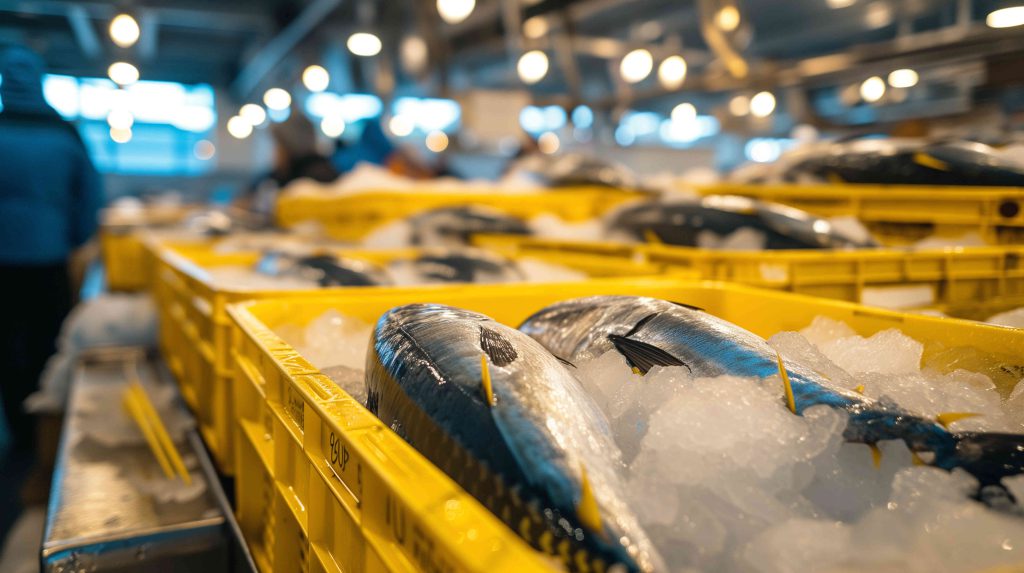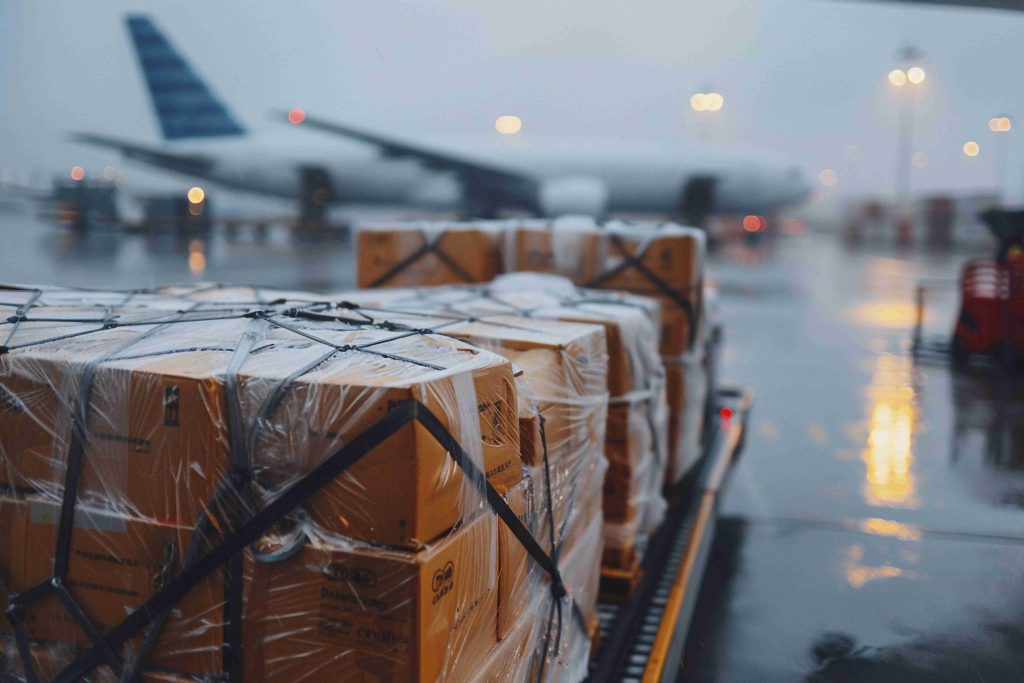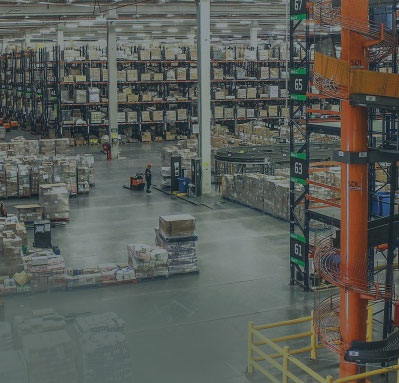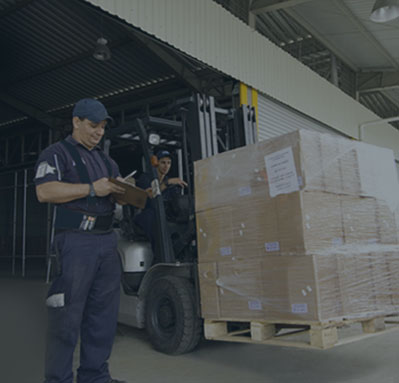Shipping frozen and cold foods requires precision, attention to detail, and an understanding of best practices to ensure that perishable items arrive at their destination in optimal condition. Whether you are shipping seafood, dairy products, or frozen meals, following the right steps can make all the difference in preserving the quality and safety of your products. In this blog, we’ll explore the best practices for shipping frozen and cold foods to help you maintain the integrity of your shipments from origin to destination.
1. Understand the Temperature Requirements
The Importance of Temperature Control
Different types of food require different temperature ranges to stay fresh and safe for consumption. For instance, frozen foods typically need to be kept at -18°C (0°F) or below, while refrigerated items may need to stay between 1°C and 4°C (33.8°F to 39.2°F). Understanding these specific temperature requirements is crucial to selecting the right packaging and shipping methods.
How to Manage Temperature Control
Invest in quality temperature monitoring devices that can be included in your shipments to track the temperature throughout the transit process. This ensures that your products remain within the required temperature range, and you can provide proof of compliance if needed. Additionally, consider using insulated shipping containers and refrigerants, such as dry ice or gel packs, to maintain the required temperature.
2. Choose the Right Packaging
Why Packaging Matters
Proper packaging is key to preventing temperature fluctuations and protecting your frozen and cold foods during transit. Inadequate packaging can result in spoiled products, leading to customer dissatisfaction and potential financial losses.
Best Practices for Packaging
Use insulated containers specifically designed for shipping perishable items. These containers often include a combination of foam or fiberboard insulation, which provides a barrier against external temperatures. Pair the insulated container with appropriate refrigerants, such as dry ice for frozen goods or gel packs for refrigerated items. Ensure that the packaging is sturdy enough to withstand the rigors of shipping, including handling by multiple carriers and potential exposure to varying environmental conditions.

3. Plan for the Shortest Transit Time
The Role of Transit Time in Food Safety
The longer your frozen or cold foods are in transit, the greater the risk of temperature deviations that can lead to spoilage. Therefore, minimizing transit time is essential to maintaining product quality.
Strategies to Reduce Transit Time
When planning your shipment, choose the fastest available shipping method that meets your budget. Overnight or express shipping options are ideal for perishable items. If possible, schedule shipments early in the week to avoid weekend delays that could extend transit time. Working with a reliable logistics partner who understands the importance of timely delivery for perishable goods can also make a significant difference in maintaining product integrity.
4. Label Your Shipments Properly
The Importance of Clear Labeling
Proper labeling is essential for ensuring that your shipment is handled with care and receives the necessary attention during transit. Labels communicate critical information to carriers, such as the need for temperature control and expedited handling.
Best Practices for Labeling
Clearly label your packages with “Perishable” and “Keep Frozen” or “Keep Refrigerated” as appropriate. Include handling instructions, such as “This Side Up” or “Fragile,” to help prevent damage during transit. It’s also advisable to include contact information on the packaging, so carriers can reach you in case of any issues during shipment. Finally, ensure that your labels are durable and weather-resistant to prevent them from being damaged or becoming illegible.
5. Work with a Specialized Carrier
Why Choose a Specialized Carrier?
Not all carriers are equipped to handle the unique challenges of shipping frozen and cold foods. Working with a carrier experienced in temperature-sensitive shipments can significantly reduce the risk of delays, temperature fluctuations, and damage.
Selecting the Right Carrier
Choose a carrier with a proven track record in shipping perishable goods. Look for carriers that offer temperature-controlled transportation services, including refrigerated trucks and cold storage facilities. Additionally, confirm that the carrier provides real-time tracking and temperature monitoring, so you can keep an eye on your shipment throughout its journey.

6. Prepare for Customs Clearance
Challenges of Shipping Perishables Internationally
If you are shipping frozen or cold foods internationally, customs clearance can pose additional challenges. Delays at customs can result in temperature fluctuations that compromise the safety and quality of your products.
Best Practices for Smooth Customs Clearance
To expedite customs clearance, ensure that all documentation is accurate and complete. This includes providing detailed descriptions of the contents, their value, and their intended use. Familiarize yourself with the import regulations of the destination country, including any specific requirements for perishable goods. Partnering with a customs broker who specializes in food imports can also help navigate the complexities of international shipping and reduce the risk of delays.
Ensuring Perfect Deliveries: Partner with Cargoline for Expert Cold Chain Solutions
Shipping frozen and cold foods requires careful planning, the right equipment, and a reliable logistics partner. By understanding the temperature requirements, choosing the right packaging, minimizing transit time, and working with specialized carriers, you can ensure that your products arrive in perfect condition, delighting your customers and maintaining your brand’s reputation.
At Cargoline, we understand the intricacies of shipping perishable goods and are committed to helping you overcome the challenges of cold chain logistics. Our team of experts is here to support you every step of the way, ensuring your shipments are handled with care and delivered on time. Contact us today to learn more about our temperature-controlled shipping solutions and how we can help your business succeed in the competitive world of food logistics.







